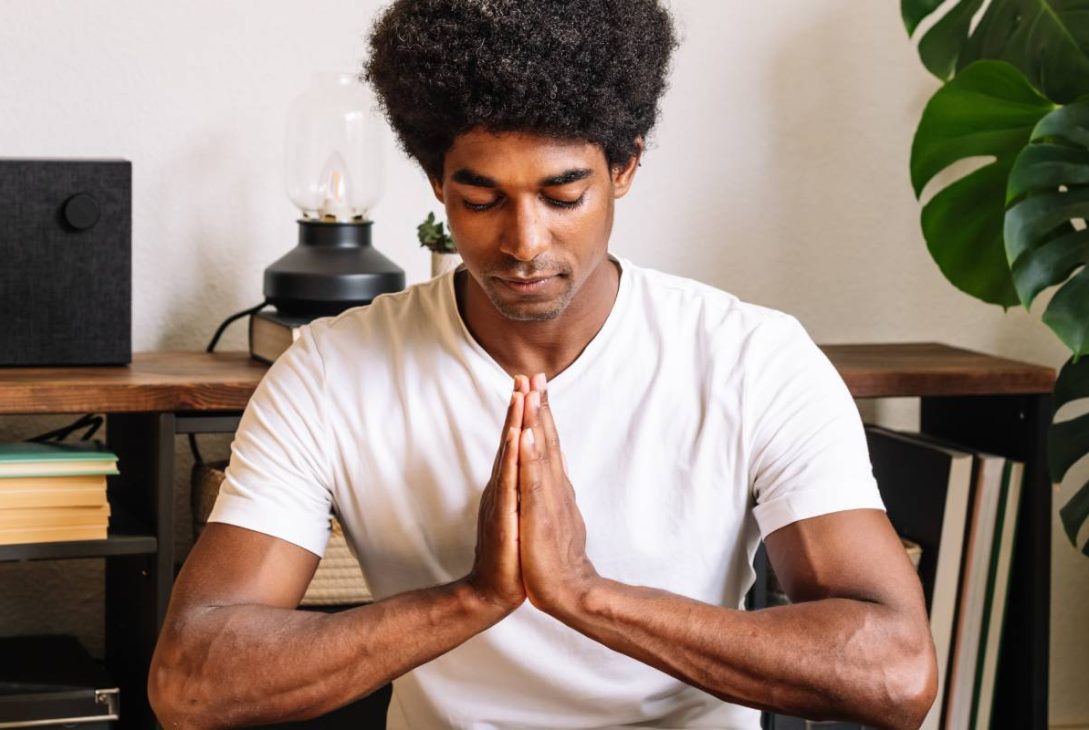In today’s fast-moving world, our minds are constantly pulled in multiple directions. Deadlines, social media notifications, and non-stop schedules make it difficult to find a moment of peace.
But what if you could regain clarity, calm, and focus in just one minute a day? Meditation doesn’t have to be complicated or time-consuming. Even a single minute of mindfulness can become a powerful daily reset for your mental wellbeing.
This article will guide you through an easy and realistic way to begin meditating—no prior experience required.
Why Meditate—Even If It’s Just One Minute a Day?
You don’t need to sit on a mountaintop or take a week-long retreat to experience the benefits of meditation. Just 60 seconds of intentional stillness each day can offer a surprising range of mental and emotional rewards. Here’s why it’s worth incorporating into your routine:
1. It interrupts mental clutter.
When your brain feels overloaded with to-do lists and worries, even a brief pause can bring clarity. A one-minute meditation breaks the loop of overthinking and gives your mind space to breathe.
2. It refreshes your mental energy.
Much like a quick nap or a splash of cold water, a short meditation can revive your cognitive functions. It helps relieve fatigue, especially if you’re stuck in back-to-back meetings or deep in concentration.
3. It improves your decision-making and thought organisation.
By creating a mental pause, you allow your brain to reset. This leads to better judgement, improved focus, and the ability to prioritise more clearly.
4. It’s perfect for busy people and beginners.
Think you don’t have time to meditate? That’s exactly why you should. This practice fits into anyone’s schedule, no matter how hectic.
How to Meditate for Just One Minute
Getting started with meditation doesn’t require candles, music, or special cushions. You don’t even need to close your eyes. Follow these three simple steps to begin:
Step 1: Find a quiet, comfortable spot.
You don’t have to sit cross-legged or lie down. Simply sit comfortably with your back straight and your feet resting flat on the ground. This posture supports alertness without tension.
Step 2: Focus on your breath.
Start breathing slowly. As you inhale, mentally count “1-2-3.” As you exhale, count again “1-2-3.” Feel the air moving through your nose. Don’t worry if your thoughts wander—that’s natural.
Step 3: Gently return to your breath when your mind drifts.
Your mind will inevitably wander. That’s okay. Each time you notice it, simply bring your attention back to your breath. That gentle redirection is the actual exercise that builds mindfulness.
How to Make Meditation Work in Real Life
One of the most common questions people have is: How can I actually stick with meditation and feel the benefits? The answer lies in consistency and flexibility. Here are some easy ways to integrate this one-minute habit into your day:
1. Turn it into a daily ritual.
Pick one or two consistent times to meditate—such as right after you wake up, before a big meeting, or while waiting for your lunch. Making it a fixed part of your day reinforces the habit and turns it into a mini mental recharge.
2. Use the “1-Minute Reset” whenever you feel overwhelmed.
Caught in a stressful moment? Stop what you’re doing. Put your phone down, close your laptop, and take one minute to follow your breath. You’ll be surprised at how refreshed you feel afterward—even after just 60 seconds.
3. Enhance your practice with sound or meditation apps.
If silence feels too intense, try using calming background sounds like ocean waves, forest ambiance, or soft chimes. Meditation apps such as Calm, Headspace, or Insight Timer offer one-minute timers and guided breathing sessions to make things even easier.
Who Is This Practice Suitable For?
This simple, low-commitment form of meditation is ideal for a wide range of people:
- Busy professionals dealing with decision fatigue or mental exhaustion
- Freelancers and creatives who need to recharge between tasks
- Anyone facing daily stress—from parents to students to entrepreneurs
- Beginners who’ve never meditated before and are unsure where to start
You don’t need to identify as spiritual or have prior training. If you can sit and breathe, you can meditate.
The Power of 60 Silent Seconds
It may not seem like much, but taking just one minute each day for stillness is a powerful investment in your peace of mind. In a noisy, chaotic world, those 60 seconds can be the difference between reacting impulsively and responding mindfully. Over time, that short pause builds up into greater emotional stability, improved focus, and better self-awareness.
Final Thoughts
Don’t underestimate the impact of a daily one-minute meditation. While it might feel insignificant at first, this small habit has the power to transform your days. Like drops of water filling a jar, those minutes add up, creating a sense of calm, clarity, and control that follows you throughout life’s challenges.
So the next time you feel overwhelmed, distracted, or mentally drained—pause. Sit. Breathe. Just for a minute. It might just change your whole day.
Ready to try it?
Set a one-minute timer right now. Sit quietly. Focus on your breath. That’s all.
You’ve just meditated.
And tomorrow, do it again.
See? Simple, easy and you can do it at anytime.








